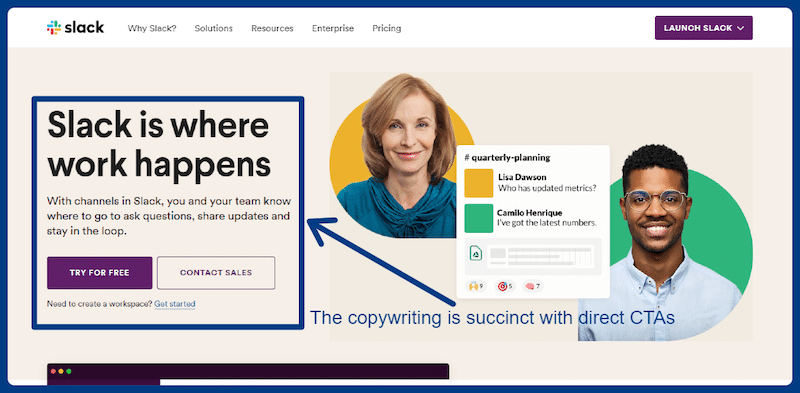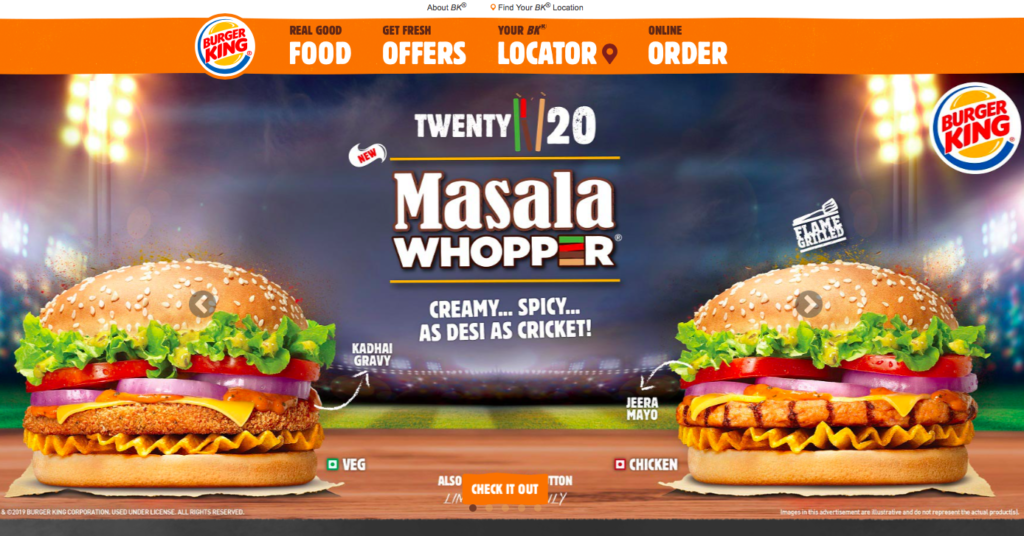
UX prototyping, or UI prototyping, is an important step in the UX design cycle. Without prototypes it can be difficult for stakeholders to understand your design intentions, justify decisions, and test user interactions with your site. UX designers have the ability to make this easier with a tool. It is important to think about what your team needs, and how you plan on using it.
Good UX prototyping tools should allow for customization and integration. This can include the ability export screen layouts to import materials. It should be simple to share and sync between apps. A tool that supports multiple areas of work may be required if you have a team working in different areas.
There are many prototyping tools to choose from, including wireframe, high fidelity, and content-focused. These tools can be used to create either a fully functional interactive prototype or a quick mockup. Each tool has its own strengths and limitations. One example is that a wireframe tool may not suit a content-focused design while a high fidelity tool can be used to build complex interactions.

Sketch is a popular prototyping tool, and its easy-to-use interface can speed the workflow of UX teams. It can be used to brainstorm ideas and create prototypes with low resolution. It allows you to create custom libraries, save notes, as well as publish your prototypes directly to the cloud. The platform's drag-and-drop editor is also available. Its layout is comparable to Adobe Illustrator. However, certain programs can have hidden menu items or glitches when sharing your prototype.
Balsamiq is an excellent tool for beginners. It's simple to use and offers a whiteboard-like user experience. It's great for getting user feedback. It allows you to quickly create wireframes and share them with your team. It can also generate QR codes for your prototype.
Figma is another prototyping program that's great for creating wireframes. It is free and easy to use. It is limited in functionality and lacks the ability to interact with users.
Axure allows you to quickly and easily create high-fidelity prototyping tools. However, Axure is an excellent tool for creating interactive wireframes. Because it is quite costly, you will need to be able to build your own prototypes. Axure can be purchased for $29-$99 per monthly. You can also sign up for a free trial.

Another high-fidelity prototyping tool is Adobe XD. It's a web-based tool that is compatible with other Creative Cloud apps. It allows you to create and edit interactive prototypes and can be tested on a variety mobile devices. You'll also be able to see and share your prototypes with clients and colleagues. However, it does not come with an Android app so you'll need to download it to your computer.
ProtoPie is another prototyping tool that is great when you're testing user interaction. This MacOS-based prototyping platform allows you share your prototypes with other users. This platform allows you to upload files to the cloud and can create QR codes for your prototypes.
FAQ
What is a responsive website design?
Responsive Web Design, also known as RWD, is a way of designing websites so that content displays on all devices. This includes desktop computers, tablets (tablets), smartphones, etc. This allows users the ability to view a website simultaneously on different devices and still have access to other features like navigation menus, buttons, and so forth. RWD is intended to ensure that any user viewing a site views the exact version on their screen.
For example, if you were building a website for a company whose products sell primarily through eCommerce, you would want to ensure that even if a customer viewed your website on a smartphone, they could easily purchase items from your store.
A responsive website will adjust its layout automatically based on what device is used to view it. The site will display exactly the same way on a laptop as if it were viewed on a desktop computer. However, if you're viewing the page on your phone, it will display differently.
This means you can make a website that looks amazing on all types of devices.
Where Can I Find Freelance Web Developers?
You can find freelance web designers and developers in several places. These are the top options:
Freelance sites
These sites offer job listings for freelance professionals. Some have very specific requirements, while others don't care what type of work you do.
Elance has many high-quality positions for writers, programmers (programmers), editors, translators and managers.
oDesk offers similar features but focuses on software development. They have job opportunities in PHP. Perl. Java. C++. Python. JavaScript. Ruby. Android. And.NET developers.
Another option is oWOW. Their website focuses on web and graphic designers. They offer writing, video editing and programming as well as SEO, social media marketing, website design, and many other services.
Forums online
Many forums allow members of the community to post jobs or advertise their services. DeviantArt, a forum for web designers, is one example. Searching "web developer", in the search bar will bring up a list with threads that are looking for help with websites.
Can I build my website using HTML & CSS?
Yes! If you've followed the steps, you should now be able create your website.
You now know how to build a website structure. Now you need to learn HTML and CSS coding.
HTML stands for HyperText Markup Language. It is similar to writing a recipe. You'd list the ingredients, instructions, along with directions. HTML can also be used to inform a computer if certain parts of text should appear bold, underlined and italicized. It is the language of documents.
CSS stands to represent Cascading Stylesheets. Think of it like a style sheet for recipes. Instead of listing each ingredient or instruction, you will write down the general rules for font sizes and spacing.
HTML tells your browser how to create a web page. CSS tells you how.
If you don't understand either of those terms, don't fret. Follow these tutorials, and you'll soon have beautiful websites.
How do you design a website?
Understanding your customers' needs is the first step. What are they looking at when they visit your site.
What other problems could they face if they can't find the information they need on your website?
You now need to know how to fix the problems. Make sure everything looks good on your website. It should be easy for users to navigate.
Your site should be extremely well designed. It should not take too much time to load. If it takes too many seconds, people won’t be able stay as long. They will go elsewhere.
If you're going to build an eCommerce site, you need to think about where all your products are located. Are they in one place? Are they scattered about your site?
You need to decide whether you want to sell one product at once or many different types of products. Do you prefer to sell one type of product, or several types?
You can start building your site when you've decided on these questions.
Now it is time to focus on the technical side. What will it take to make your site work? Will it be fast enough? Can people get to it quickly from their computers?
Will people be able to buy something without having to pay extra? Do they need to register with you before they can purchase anything?
These are vital questions you need to ask. These are the questions that you need to answer in order to be able move forward.
Can I Use A Template Or Framework On My Website?
Yes! Pre-built templates and frameworks are often used when building websites. These templates provide all the code necessary to display information on your site.
These templates are the most in-demand:
WordPress - one of the most popular CMSes
Joomla - Another popular open source CMS
Drupal – An enterprise-level solution used by large organizations
Expression Engine - A proprietary CMS from Yahoo
Hundreds of templates are available for each platform, so finding the right one should be easy.
How to Create a Static Website
There are two options for creating your first website:
-
Content Management System, also known as WordPress. WordPress): You can download this software and install it on your computer. This will allow you to create an essential website.
-
How to Create a Static HTML Website. In this instance, you will need to write your HTML/CSS codes. It's not hard to do if you already understand HTML.
You might consider hiring an expert to design your website if you are planning to build a large site.
You should start with option 2.
Statistics
- It's estimated that in 2022, over 2.14 billion people will purchase goods and services online. (wix.com)
- When choosing your website color scheme, a general rule is to limit yourself to three shades: one primary color (60% of the mix), one secondary color (30%), and one accent color (10%). (wix.com)
- It enables you to sell your music directly on your website and keep 100% of the profits. (wix.com)
- Is your web design optimized for mobile? Over 50% of internet users browse websites using a mobile device. (wix.com)
- It's estimated that chatbots could reduce this by 30%. Gone are the days when chatbots were mere gimmicks – now, they're becoming ever more essential to customer-facing services. (websitebuilderexpert.com)
External Links
How To
How can you tell which CMS is better?
There are two types in general of Content Management System (CMS). Web Designers use Static HTML or Dynamic CMS. The most popular CMS is WordPress. But when you want to make your site look professional and well-organized, you should consider using Joomla! A powerful open-source CMS allows you to implement any website design without coding knowledge. It's very easy to use and configure. Joomla is available in thousands of pre-made extensions and templates so that you don't have the need to hire someone to develop your site. In addition, Joomla is free to download and use. Joomla is a great choice for your project.
Joomla is a powerful tool to help you manage every aspect of your site. It offers features like a drag-and-drop editor, multiple template support and image manager. You can also manage your blog, blog, eCommerce, news feeds, and more. Joomla's many features make it a great option for anyone who doesn't want to spend hours learning code.
Joomla works on almost all devices. So, if you want to develop websites for different platforms, you can do so easily.
There are many reasons Joomla is preferred over WordPress. These are just a few of the reasons Joomla is preferred to WordPress.
-
Joomla is Open Source Software
-
It's easy to set up and configure
-
You will find thousands of ready-made extensions and templates
-
Download and use this free software
-
All Devices Are Supported
-
Powerful Features
-
Solid Support Community
-
Very Secure
-
Flexible
-
Highly customizable
-
Multi-Lingual
-
SEO friendly
-
Responsive
-
Social Media Integration
-
Mobile Optimized